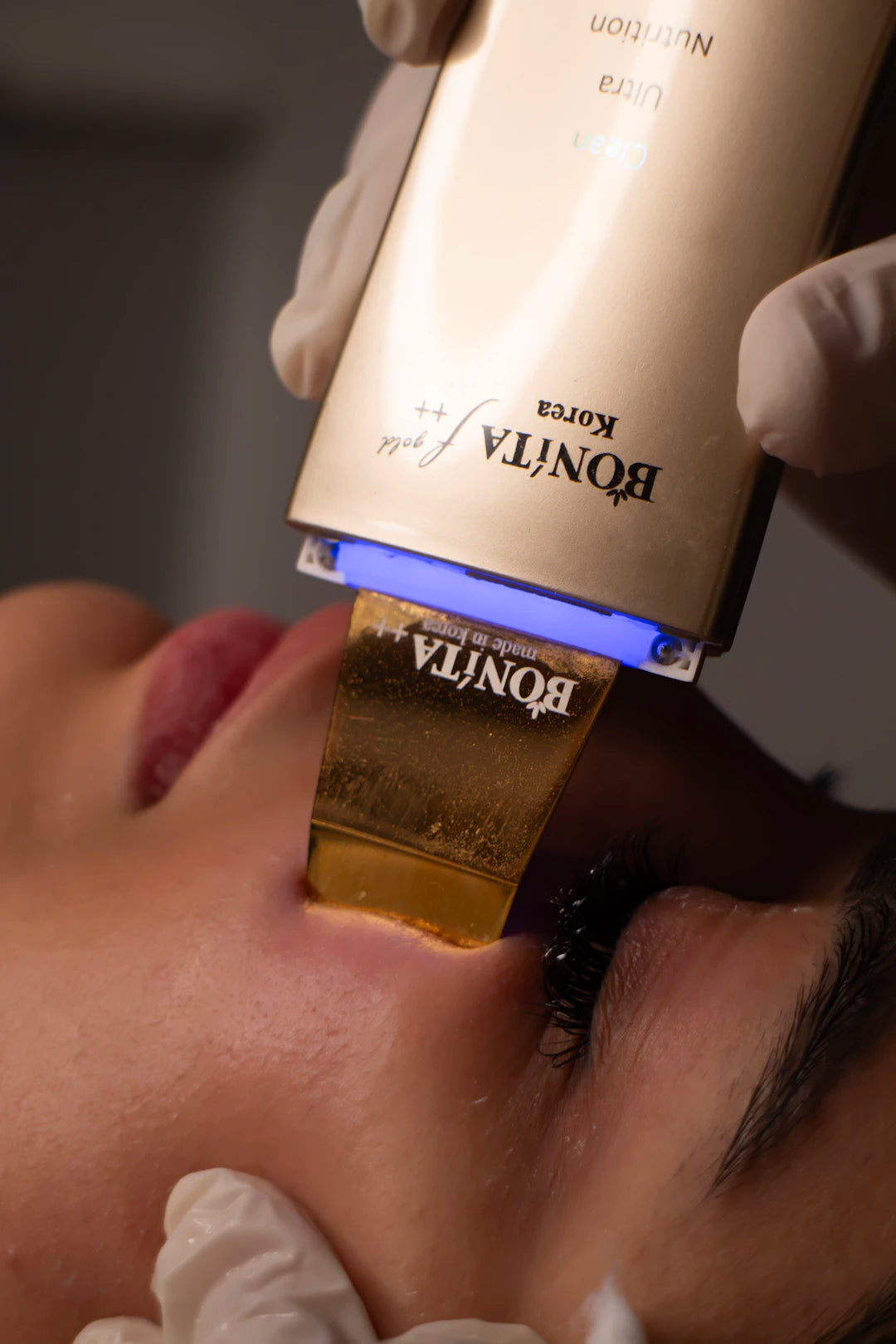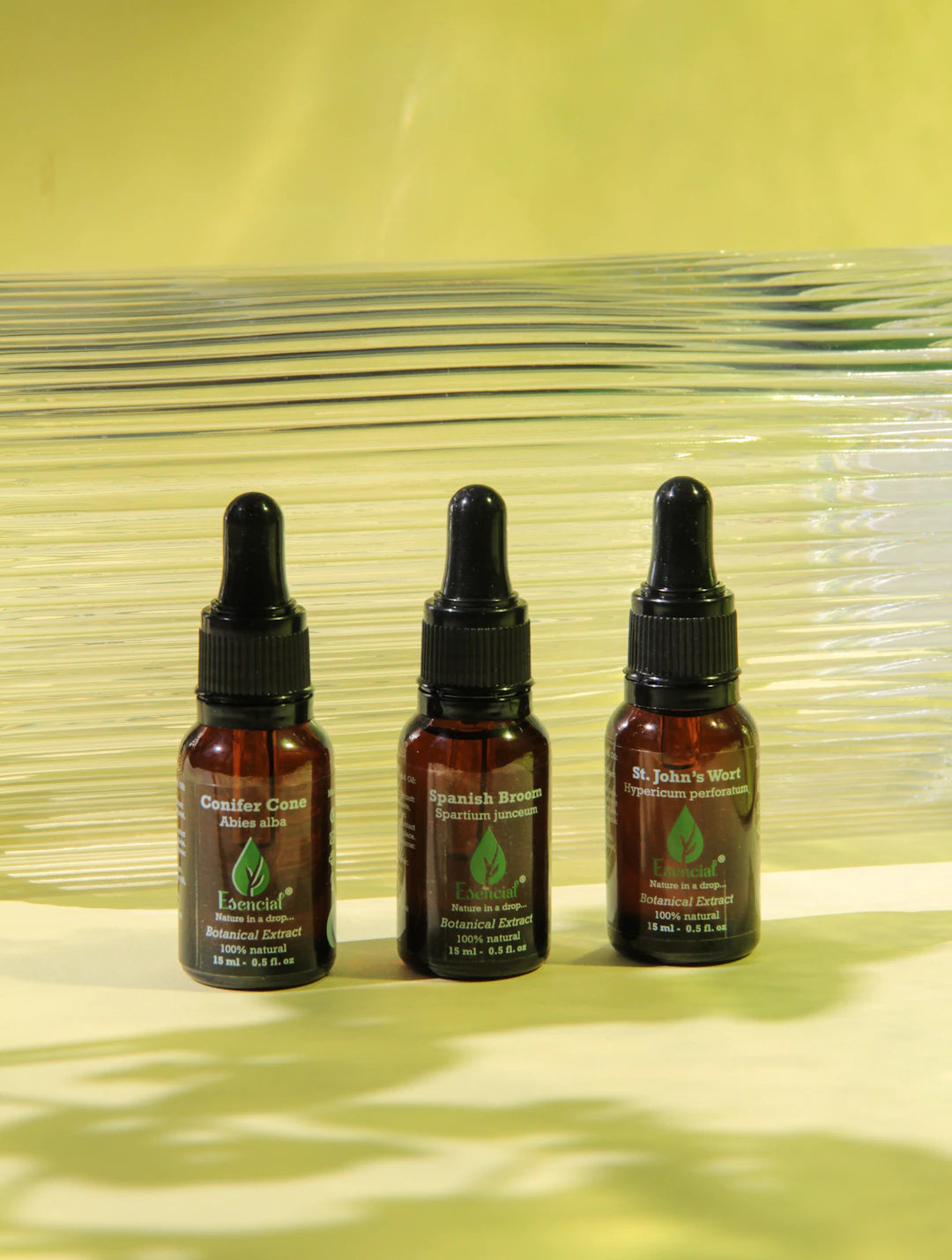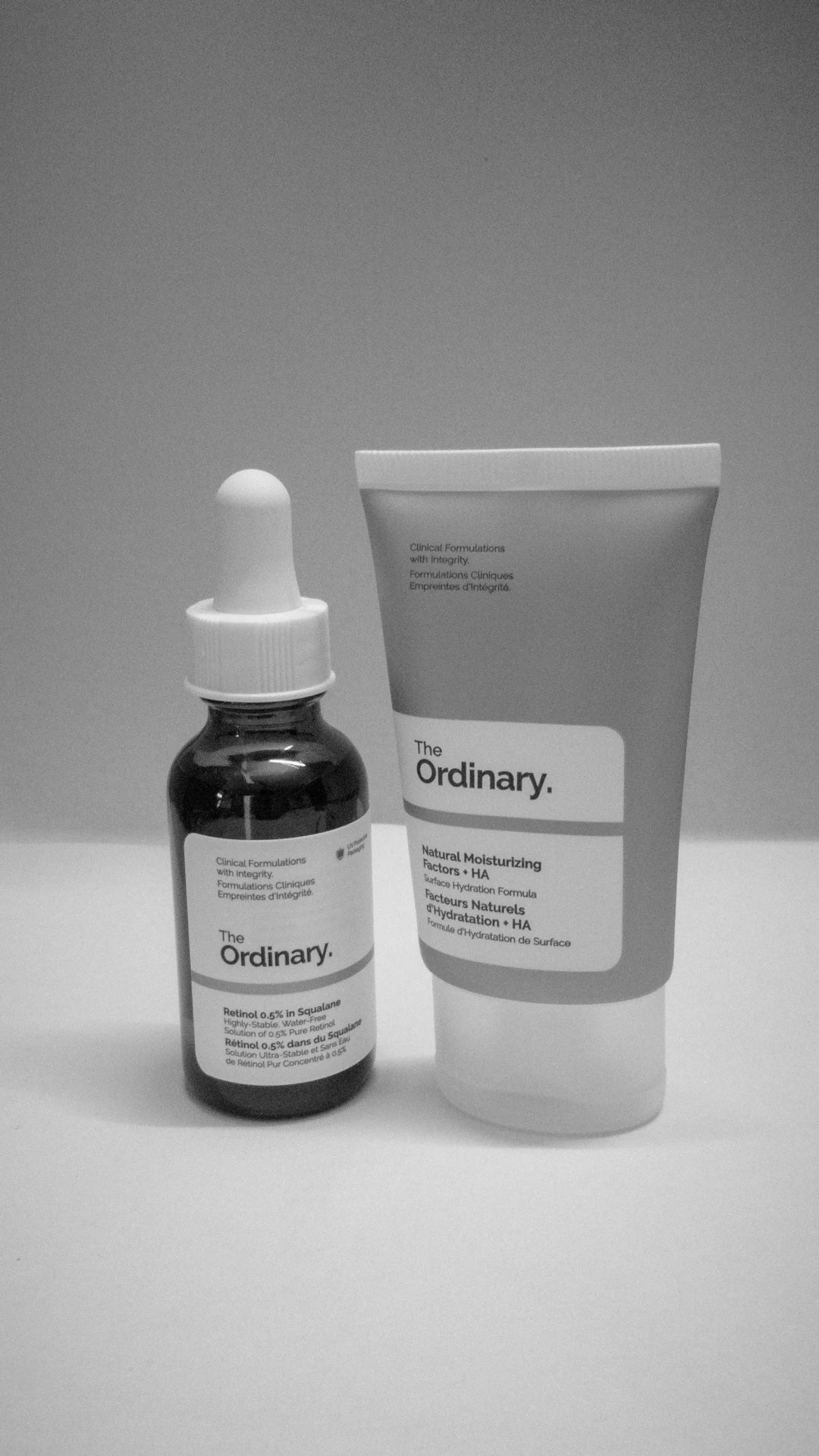Unlock Radiant Skin: Exfoliation Explained for Everyone

Overview
Exfoliation is essential for maintaining healthy, vibrant skin by removing dead cells and promoting cell turnover. It comes in two forms: physical (scrubs, brushes) and chemical (acids, enzymes). Benefits include improved texture, enhanced product absorption, and a youthful glow. Frequency varies by skin type: sensitive and dry skin should exfoliate once a week, while oily skin can do so 2-3 times a week. Key tips include being gentle, moisturizing afterward, and using sunscreen. Understanding your skin's needs will help you create an effective exfoliation routine for optimal results.
Frequently Asked Questions
1. What is exfoliation?
2. What are the types of exfoliation?
3. How often should I exfoliate?
4. What are the benefits of exfoliation?
5. What are common myths about exfoliation?
Exfoliation is one of the most crucial steps in a skincare routine that effectively keeps our skin looking fresh, youthful, and vibrant. By removing dead skin cells and promoting cellular turnover, it not only enhances the skin's texture but also allows other products to penetrate deeper, enhancing their effectiveness. Understanding when and how often to exfoliate can bring you one step closer to achieving that radiant glow. Let’s dive into everything you need to know about exfoliation, including its benefits, methods, and how to incorporate it into your routine for optimal results.
What is Exfoliation?
Exfoliation is the process of removing dead skin cells from the surface of your skin. It can be achieved through mechanical methods, such as scrubs and brushes, or through chemical means, using acids and enzymes designed to dissolve dead skin. Whether you are looking for brighter skin, improved texture, or an anti-aging microdermabrasion effect, exfoliation is key to achieving your desired complexion.
Types of Exfoliation
Exfoliation primarily falls into two categories: physical and chemical. Understanding these two types will help you choose the right approach based on your skin type and personal preferences.
Physical Exfoliation
This method involves the mechanical scrubbing of the skin using granular products or devices. Think of it as a way to buffer the skin's surface. Popular physical exfoliators include:
- Exfoliating Scrubs: Products that contain fine granules or microbeads.
- Exfoliating Brushes: Brushes designed for skin that mechanically remove dead skin layers.
- Sponges: Natural or synthetic sponges that provide gentle exfoliation.
Chemical Exfoliation
Chemical exfoliants utilize acids or enzymes to dissolve the bond holding dead skin cells together. They work effectively without physical scrubbing, making them an excellent choice for sensitive skin. Common types include:
- AHAs (Alpha Hydroxy Acids): Water-soluble acids that are effective for sun-damaged and dry skin.
- BHAs (Beta Hydroxy Acids): Oil-soluble acids great for oily and acne-prone skin.
- Enzymatic Exfoliants: Derived from fruits like papaya and pineapple, these are gentle yet effective.
Benefits of Exfoliation
Incorporating exfoliation into your skincare routine can transform the way your skin looks and feels. Some noteworthy benefits include:
- Promotes Cell Turnover: Regular exfoliation encourages the shedding of dead skin cells, leading to a brighter complexion.
- Enhances Product Absorption: By creating a smoother surface, other skincare products penetrate more effectively, maximizing their benefits.
- Reduces Appearance of Fine Lines: Exfoliation can offer an anti-aging microdermabrasion effect that minimizes the look of wrinkles.
- Helps with Skin Tightening: Regularly exfoliated skin appears tighter and more youthful.
- Your Skin Will Glow: Exfoliation reveals fresh skin which reflects light better, giving you that desirable healthy glow.
How Often Should You Exfoliate?
The frequency of exfoliation can vary depending on several factors including your skin type, the method you choose, and the product you use. Below is a breakdown of how often you should consider exfoliating based on your skin type:
Sensitive Skin
For those with sensitive skin, it is recommended to exfoliate no more than once a week. Look for gentle products that are free from harsh grains or chemical irritants.
Dry Skin
If your skin tends to be dry or flaky, you should also aim to exfoliate once a week. Choose hydrating exfoliants that contain moisturizing ingredients to prevent further dryness after exfoliation.
Oily Skin
This skin type can handle more frequent exfoliation. Exfoliating 2-3 times per week may help to control excess oil and minimize breakouts. BHAs, in particular, can offer great benefits for oily skin.
Combination Skin
You may choose to tailor your exfoliation routine based on the different areas of your face. A good guideline is to exfoliate once or twice a week, focusing on the oily areas more often, while being gentler on dry sections.
Normal Skin
With a balanced complexion, exfoliating twice a week should suffice, depending on how your skin reacts.
Signs It’s Time to Exfoliate
Recognizing when your skin needs a little buffing can help you maintain that fresh appearance. Here are some signs that it’s time to exfoliate:
- Your skin feels rough or bumpy.
- You notice dullness or uneven texture.
- Your makeup does not apply smoothly.
- You see an increase in blemishes or breakouts.
Tips for Effective Exfoliation
To make the most out of your exfoliation routine, keep these essential tips in mind:
- Patch Test: Always perform a patch test first to prevent irritation, especially when trying a new product.
- Be Gentle: Avoid scrubbing too hard. Light pressure is enough to achieve desired results without damaging the skin.
- Follow with Moisturizer: After exfoliating, always apply a good moisturizer to hydrate and soothe the skin.
- Use Sunscreen: Exfoliation can make your skin more sensitive to the sun. Always wear sunscreen to protect your fresh skin.
- Listen to Your Skin: Pay attention to how your skin reacts and adjust your routine as necessary.
Myth-Busting Exfoliation
There are several misconceptions surrounding exfoliation that can lead to confusion. Here are some common myths debunked:
Myth 1: You Should Exfoliate Daily
Exfoliating every day can strip the skin of its natural oils, leading to irritation and increased sensitivity. It's crucial to find a balance that works for your skin type.
Myth 2: All Exfoliants Are the Same
Different exfoliating products serve different skin needs. It's essential to choose the right type of exfoliant for your specific skin concerns.
Myth 3: Exfoliation Is Only for the Face
While facial exfoliation is crucial, the body can benefit from it as well. Incorporate body scrubs or exfoliating gloves to keep your skin smooth from head to toe!
Creating Your Perfect Exfoliation Routine
To craft an effective exfoliation routine, consider pairings with other skincare elements.
Morning or Night?
Many find success with exfoliating in the evening, as this allows for optimal skin regeneration overnight. However, you can incorporate it into your morning routine if that works better for you. Just remember to follow up with sunscreen during the day!
Combination with Other Treatments
Exfoliation pairs well with various treatments such as masks and serums. It's best to space out powerful products to avoid overwhelming your skin.
The Last Word on Exfoliation
Ultimately, establishing a proper exfoliation routine can elevate your skincare game and set the stage for radiant, healthy skin. By understanding your skin type and adjusting exfoliation frequency, you will reap the countless benefits that come with a well-executed routine. Your journey to gorgeous, glowing skin is just an exfoliation away!
Linked Product

Microdermabrasion
Microdermabrasion offers a gentle yet effective way to exfoliate the skin, utilizing bamboo beads to remove dead skin cells without causing irritation. The inclusion of pumpkin extract and vitamins helps to soothe and nourish the skin, promoting a smoother and more radiant appearance. This product is suitable for those looking to enhance their skincare routine and can be complemented with beauty oil or laser resurfacing treatments.
View Product

